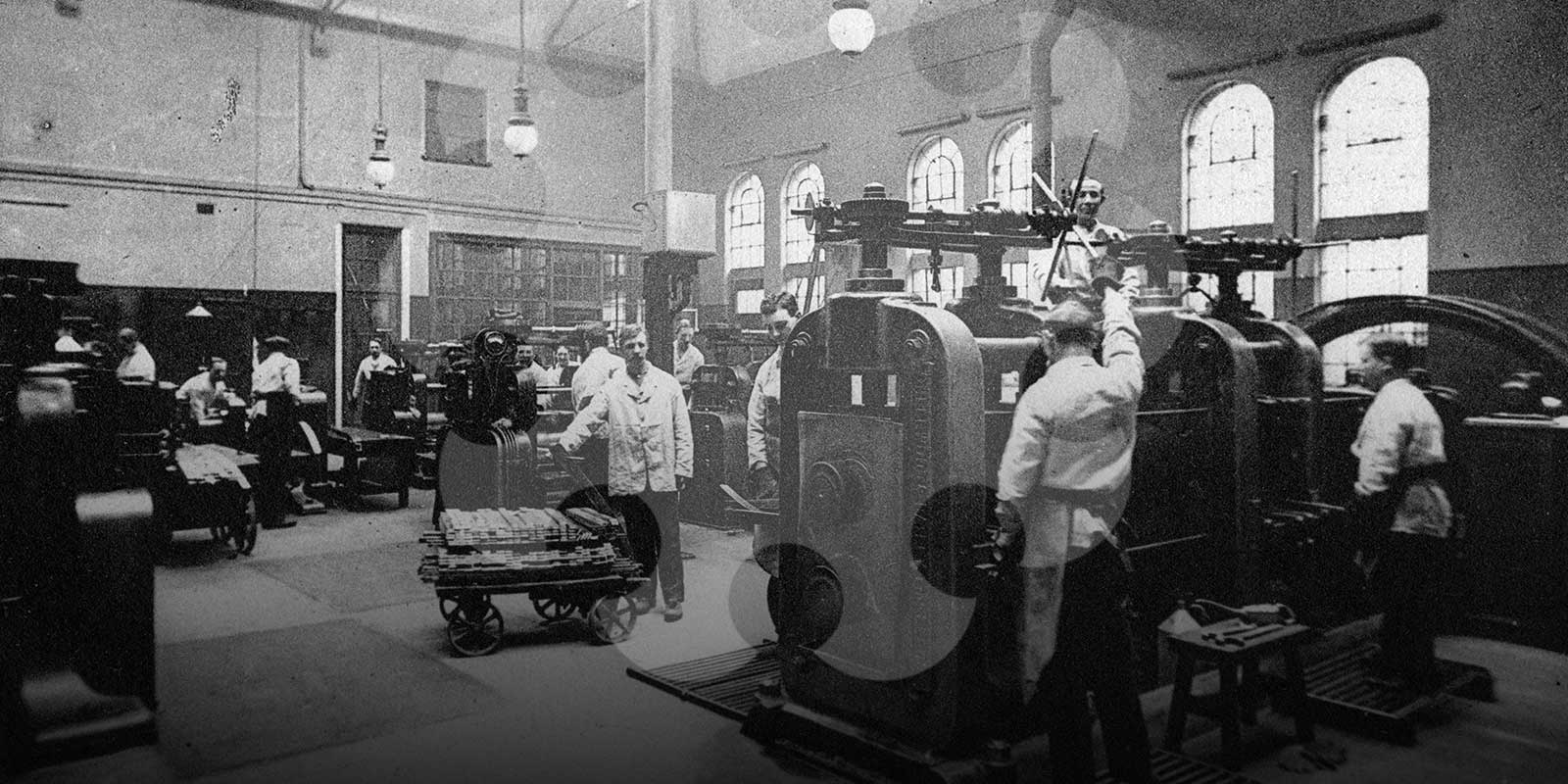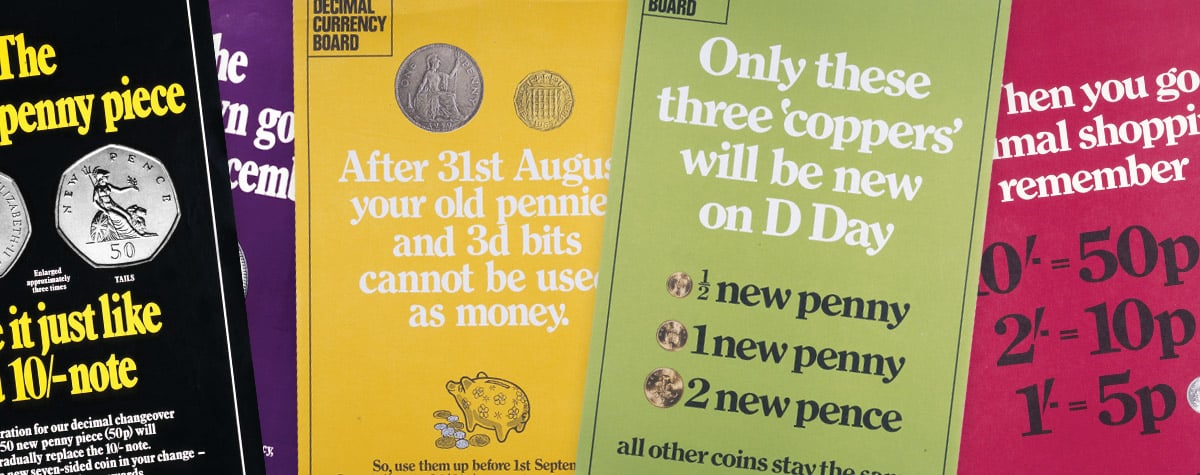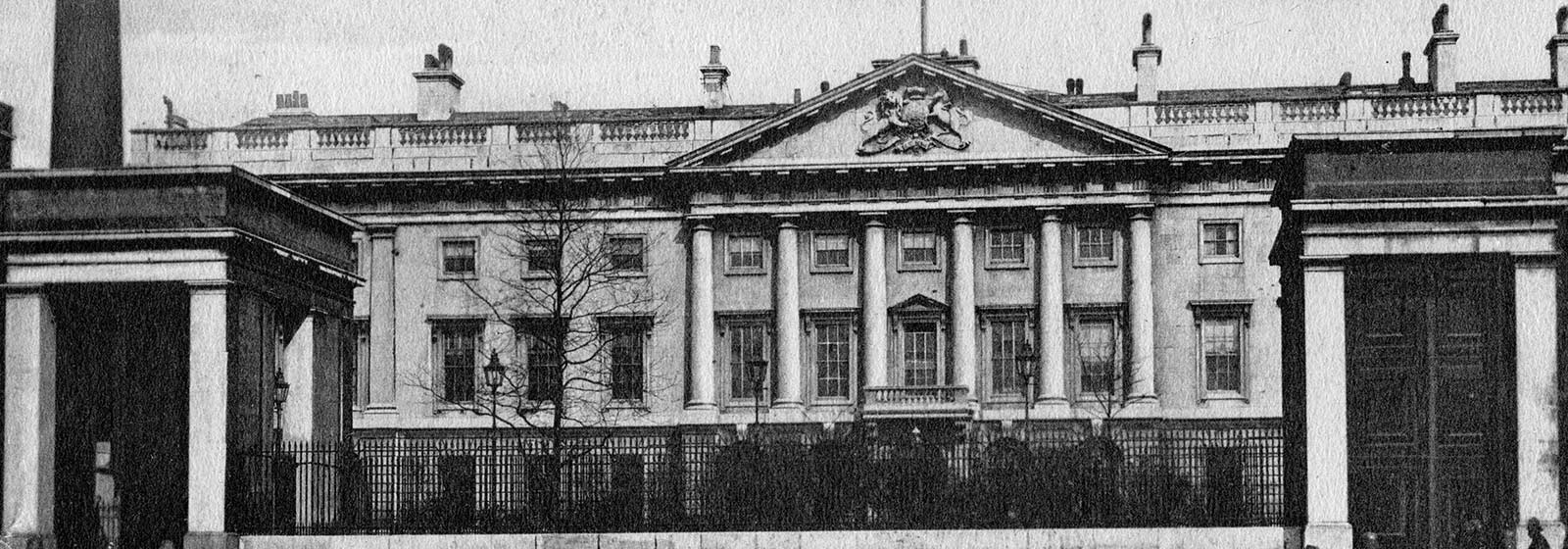
In order to expand and develop, The Royal Mint moves to a new, custom-built facility erected on Tower Hill just a few hundred yards away from the Tower of London. The new building is equipped with the latest steam-powered machinery that is arranged in a logical production sequence.
Medal is Created
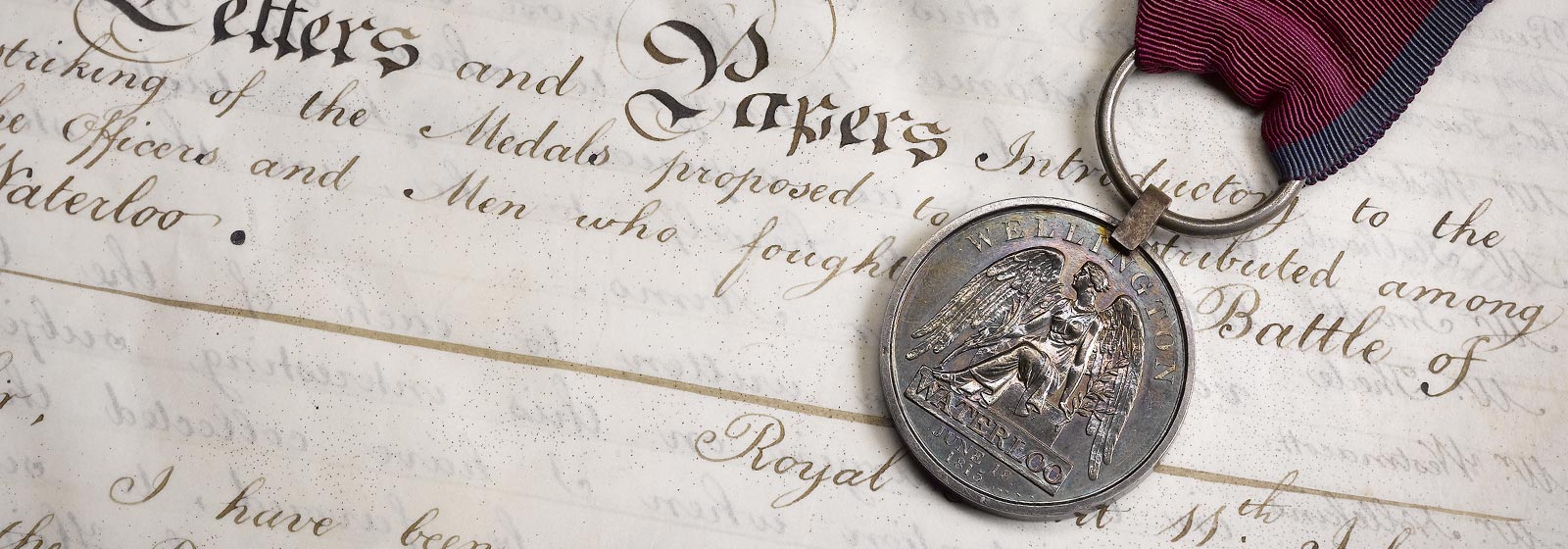
The Royal Mint strikes medals to honour the bravery of the soldiers who fought at the Battle of Waterloo. This marks the beginning of a regular role in striking campaign and service medals for major conflicts.
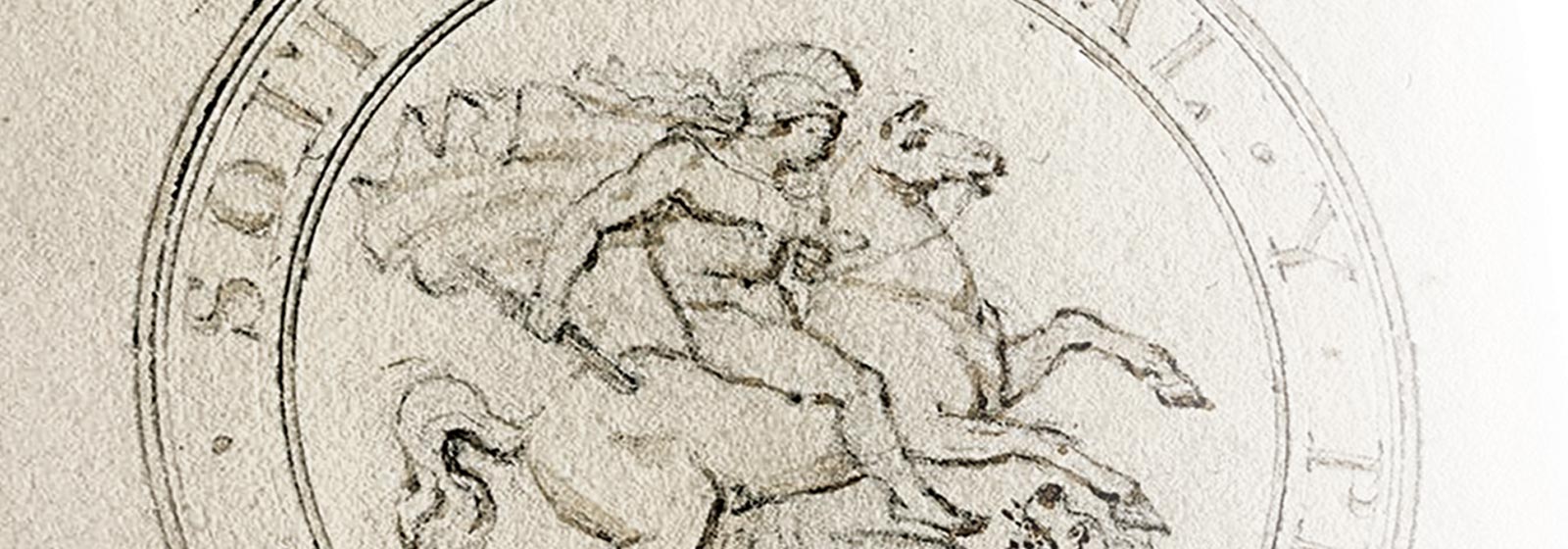

The great coinage reform occurs following the end of the Napoleonic Wars. This includes the revival of The Sovereign, which features a reverse design of St George and the dragon by the Italian engraver Benedetto Pistrucci. It remains one of the most iconic designs in numismatic history.

The discovery of gold in Australia in 1851 leads to calls for the establishment of a branch of The Royal Mint in order to strike Sovereigns. Permission is granted in 1853 and the first branch mint opens in Sydney in 1855.
Master of the Mint
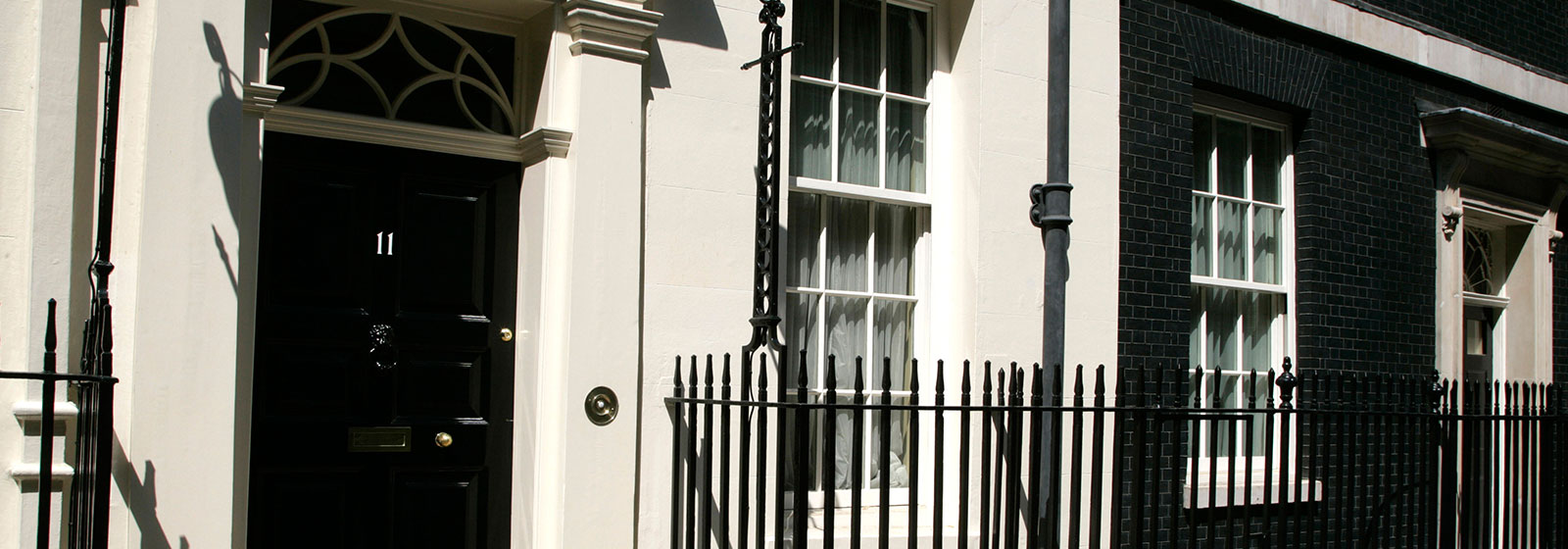
The role of the Master of the Mint is incorporated into the office of the Chancellor of the Exchequer.
and Expansion
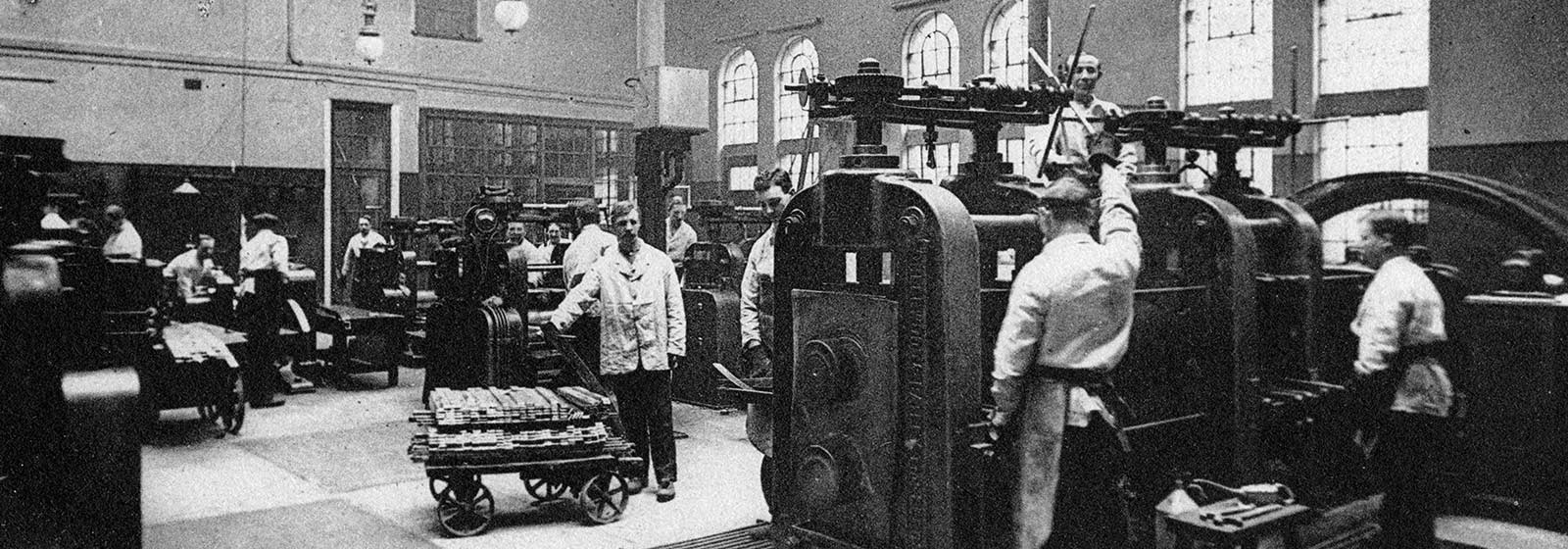
To cope with an enormous increase in the demand for coins at home and overseas, The Royal Mint reconstructs and extends its factory buildings, installing new coining presses, and increasing the melting and rolling capacity. Steam gives way to electricity and the work of construction and renovation becomes a continuous process.
